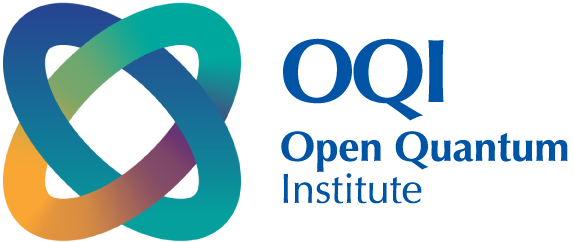Accelerating Drug Discovery Using Programmable Quantum Simulation
Quantum simulations for determining high-resolution protein structures and accurately estimating ligand binding affinities, two core challenges in drug design.
OWNER

QUANTUM APPROACH
Quantum Simulation
SDGs
CONTRIBUTORS
Harvard University
Massachusetts Institute of Technology
QuEra Computing Inc.
ORIGIN OF CONTRIBUTORS

HOW COULD QUANTUM HELP:
Quantum computing can be used to address these challenges using tailored solutions optimized specifically for quantum simulators based on neutral atom arrays. In early experiments on exotic non-Abelian spin liquid states and digital simulations of a two-dimensional Fermi-Hubbard model, results showed the potential of neutral atom quantum hardware for simulating fermionic systems. Advancements in various directions, including classical methods for capturing strong quantum correlations, and quantum algorithms for simulation of Nuclear Magnetic Resonance (NMR) and electronic structure are promising for addressing these challenges in drug design currently experienced in classical computing. One of the main goals is to further develop simplified models that capture challenging features of the NMR and protein-ligand binding problem.




